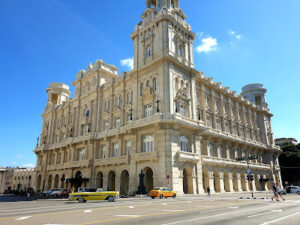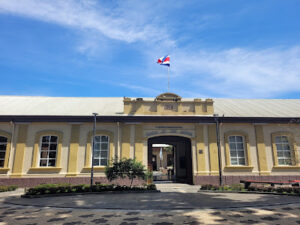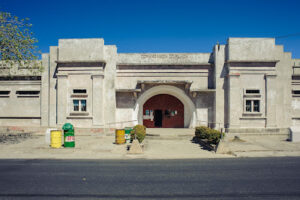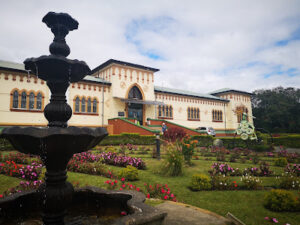Belarusian Heritage Village 19th Century

Introduction
The Belarusian Ethnographic Village of the Nineteenth Century, located in the village of Buynichi near Mogilev in eastern Belarus, offers a fascinating window into rural life during the nineteenth century. This open‑air museum, set just two kilometres from Mogilev and opposite the memorial complex “Buynichi Field,” invites visitors to step into a lovingly crafted recreation of a traditional Belarusian settlement from that era. It is a destination that combines history, culture, craft demonstration, and hospitality in a scenic setting.


About the Museum
Opened in 2006, the museum complex is not built using original historic structures or artefacts, but rather features modern constructions created by skilled masters to evoke the spirit of nineteenth‑century Belarusian village life. Visitors enjoy meandering along paved paths, relaxing on neat benches beneath fountains and vibrant plantings, and imagining life in a bygone age.
The complex includes a miniature noble estate hotel offering cosy guest rooms, a restaurant, a bar, billiards facilities, a sauna and a banquet hall for events—all styled in harmony with traditional aesthetics. Nearby, a tavern serves hearty dishes of Belarusian national cuisine, perfect for sampling local flavours in an atmospheric setting.
Families find delight in the children’s playground, designed as a fortress and stocked with wooden figures of fairy‑tale characters. A windmill adds to the ambience and offers a visual focal point in the landscape.
At the heart of the village lies the “town of masters,” a cluster of craft‑house workshops where visitors can observe masters practicing traditional Belarusian handicrafts such as straw weaving, weaving of textiles, carpentry, pottery and blacksmithing. Guests are welcome to try their hand at forming clay, straw or vine items, and may purchase handcrafted souvenirs on site. A Baker’s House offers fresh goods baked according to traditional recipes, while a Distiller’s House allows a tasting of a strong drink associated with local custom; the Weaver’s House demonstrates the making of clothing from linen, sheep’s wool and hemp fibres.
Exploration of the museum may be done independently or enhanced with a professional guided tour that includes stories of regional traditions and local legends. The village hosts regular festivals, fairs and celebrations tied to national holidays, adding festive colour to the experience.
The site is designed for convenience: reachable by bus or minibus via the “Buynichi” stop from Mogilev, with available parking for private vehicles.
Interesting Facts
- Not authentic historic buildings – All structures were built in the twenty‑first century by modern craftsmen to recreate the ambiance of a nineteenth‑century village.
- Craft workshops on display – You can watch live demonstrations and try making items yourself in the craft houses: pottery, weaving, carpentry, straw work and blacksmithing are all featured.
- Hands‑on food and drink – Fresh traditional baked goods in the Baker’s House and a tasting of a traditional distilled drink in the Distiller’s House add to the immersive experience.
- Active cultural events – The site regularly hosts fairs, festivals and national‑holiday celebrations, making it lively at certain times of year.
- Family‑friendly design – A fortress‑style playground filled with wooden figures of fairy‑tale characters offers safe imaginative play for children.
- Full visitor infrastructure – Accommodation, a restaurant, bar, sauna and banquet hall mean you can comfortably stay and dine on‑site.
- Close to a significant memorial – Located opposite the Buynichi Field memorial complex, it makes for an interesting combined visit.
- Easy access from Mogilev – Just two kilometres away and accessible by public transportation or car, with parking provided at the site.
Photo Gallery






Physical Location
Contact Details
Website: en.belarus.travel/news/belarusian-ethnographic-village-of-the-19th-century
Conclusion
The Belarusian Ethnographic Village of the Nineteenth Century near Mogilev is a charming and well‑designed destination that brings Belarusian rural traditions to life. It offers a warm, educational, and highly immersive experience suitable for families, craft lovers, history enthusiasts, or anyone curious to experience an imagined nineteenth‑century Belarusian community. Whether you spend a couple of hours or linger for a night or two in the estate‑style hotel, the opportunity to watch artisans at work, taste regional baking and traditional beverages, and participate in festive events makes this museum more than just sightseeing—it is a living celebration of folk culture with modern comforts. A visit will leave you with a memorable impression of Belarusian heritage, hospitality and craftsmanship.




